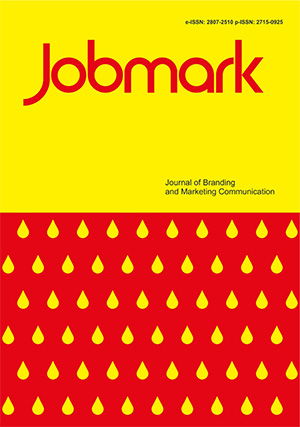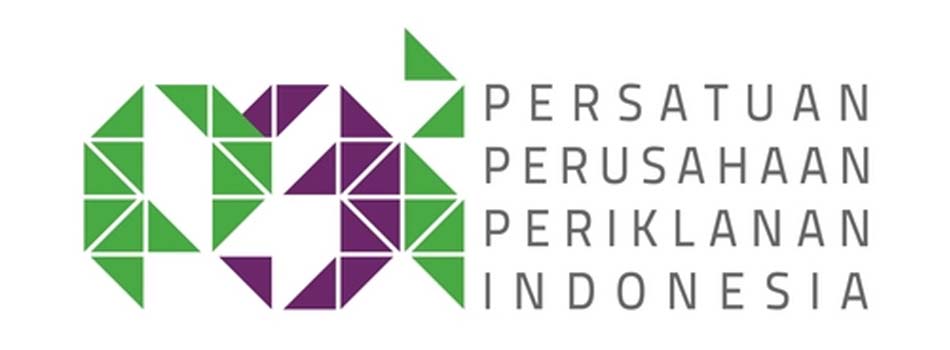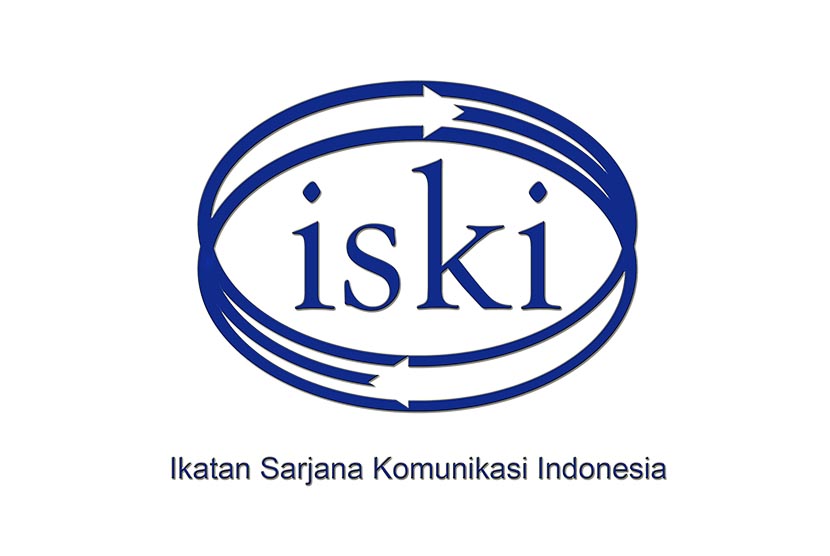Branderpreneurship Framing Analysis of LALULA in Developing Business and Brand Values
DOI:
https://doi.org/10.36782/jobmark.v4i2.392Keywords:
BrandCoVD, Branderpreneurial Mindset, Children's Fashion Brand, MSME Brand, Start-up BrandAbstract
The growth of startups and micro, small, and medium enterprises (MSMEs) in Indonesia has given birth to local children's fashion business brands that can compete closely with the desires of the mother segment, who want their children to look fashionable, quality, and up-to-date. This study analyzes how LALULA, a local children's fashion brand, builds and implements brand value using Qualitative Branderpreneurship Framing Analysis (QI.BFA). The study delves into the brand's strategic efforts from the seven elements of the Branderpreneurship's Circle of Values Development (BrandCoVD) framework, showcasing the innovative strategies and frameworks implemented by LALULA to build and implement its brand value. Data were collected through in-depth interviews with various parties who work as employees at LALULA and analysis of related documents. The study results show that LALULA focuses on product value through product innovation, creative marketing, and building close customer relationships. These findings provide valuable insights for practitioners and academics about the importance of Branderpreneurship in developing sustainable brand value, equipping them with practical knowledge for their own brand development endeavors.
Downloads
References
Afifah, H., & Rohman, F. (2022). Penerapan strategi bisnis pada usaha fashion Kiapix. Jurnal Kewirausahaan Dan Inovasi, 1(3), 269–277. https://doi.org/10.21776/jki.2022.01.3.03
Astuti, A., Aprivia, E., Ernawati, S., & Meak, G. (2022). Pengembangan produk baju Balita berbasis online. Jurnal Ilmiah Feasible: Bisnis, Kewirausahaan Dan Koperasi, 4(1), 39–47. https://doi.org/10.32493/fb.v4i1.2021.%p.13906
Christyawan, H., & Sukresna, I. M. (2020). Peningkatan brand satisfaction dan brand trust berbasis brand value terhadap brand loyalty (Studi pada pengguna Apple iPhone di Semarang). Jurnal Sains Pemasaran Indonesia (Indonesian Journal of Marketing Science), 19(2), 75–91. https://doi.org/10.14710/jspi.v19i2.75-91
Entman, R. M. (1993). Framing: Toward clarification of a fractured paradigm. The Journal of Communication, 43(4), 51–58. https://doi.org/10.1111/j.1460-2466.1993.tb01304.x
Goffman, E. (1974). Frame analysis: An essay on the organization of experience. Harvard University Press.
Griffin, J. (2005). Customer loyalty: Menumbuhkan dan mempertahankan kesetiaan pelanggan (D. K. Yahya, Trans.). Erlangga.
Harlan, F. B., Mulyaningtyas, D., Wirawan, A., Mulyana, A. E., Ikhlash, M., Sari, D. R., & Olifia, J. (2024). Pendampingan pembuatan digital marketing untuk meningkatkan brand value UMKM Di Kota Batam. Journal of Sustainable Community Development, 2(1), 43–49. https://journal.midpublisher.com/index.php/jscd/article/view/20
Haryanto, R. (2022). Seluk beluk situs belanja online dan bisnis. Puspa Swara.
Indriati, L. (2020). Instagram visual strategies: Key to communicate brand value (Studi kasus: Instagram DKV Universitas Ciputra). In Prosiding konferensi mahasiswa desain komunikasi visual (KOMA DKV) 2020: Diskursus desain untuk pengembangan keilmuan desain komunikasi visual (Vol. 1, pp. 12–17). https://ojs.uph.edu/index.php/KOMA-DKV/article/view/2980
Lathifatunnisa. (2024). Business design and implementation: Feasibility study of Almond Chic fashion business in Yogyakarta. Indonesian Journal of Economics, Business, Accounting, and Management, 2(4), 109–122. https://doi.org/10.12345/ijebam.v2i4.75
Lau, G. T., & Lee, S. H. (1999). Consumers’ trust in a brand and the link to brand loyalty. Journal of Market-Focused Management, 4, 341–370. https://doi.org/10.1023/a:1009886520142
Lupiyoadi, R. (2006). Manajemen pemasaran jasa. Salemba Empat.
Muhamad, D. V. (2018). Analisis faktor-faktor yang mempengaruhi loyalitas konsumen terhadap merek Fast Fashion di Indonesia [Universitas Islam Indonesia]. https://dspace.uii.ac.id/handle/123456789/13483
Neumeier, M. (2013). The dictionary of brand. Almaden Press.
Oktaviani, F. (2018). Strategi branding public relations “jendela alam” dalam mengembangkan produk agrowisata. Mediator: Jurnal Komunikasi, 11(2), 203–213. https://doi.org/10.29313/mediator.v11i2.3950
Prasetyo, R., & Bakhti, Y. K. (2022). Pengendalian kualitas produk pakaian anak pada industri garment dengan metode Seven Tools. Jurnal Inkofar, 6(1), 39–51. https://doi.org/10.46846/jurnalinkofar.v6i1.210
Purwana, D., Rahmi, R., & Aditya, S. (2017). Pemanfaatan digital marketing bagi usaha mikro, kecil, dan menengah (UMKM) di kelurahan Malaka Sari, Duren Sawit. Jurnal Pemberdayaan Masyarakat Madani, 1(1), 1–17. https://doi.org/10.21009/jpmm.001.1.01
Reese, S. D. (2001). Prologue—Framing public life: A bridging model for media research. In S. D. Reese, O. H. Gandy Jr, & A. E. Grant (Eds.), Framing public life: Perspectives on media and our understanding of the social world (pp. 23–48). Routledge. https://doi.org/10.4324/9781410605689-7
Saputra, D. H., Sutiksno, D. U., Kusuma, A. H. P., Romindo, Wahyuni, D., Purnomo, A., & Simarmata, J. (2020). Digital marketing: Komunikasi bisnis menjadi lebih mudah. Yayasan Kita Menulis.
Scheufele, D. A., & Tewksbury, D. (2007). Framing, agenda setting, and priming: The evolution of three media effects models. The Journal of Communication, 57(1), 9–20. https://doi.org/10.1111/j.0021-9916.2007.00326.x
Sugiyono. (2015). Metode penelitian kuantitatif, kualitatif dan R&D. Alfabeta.
Suharyanti, Harista, A., Kania, D., & Hanathasia, M. (2017). Pengembangan merek melalui personalisasi, kustomisasi dan komunikasi kreatif. Jurnal Ilmu Komunikasi, 15(2), 87–105. https://doi.org/10.31315/jik.v15i2.2158
Suryono. (2023, June 30). 10 Alasan sektor bisnis pakaian anak cukup menjanjikan. Jogja Konveksi ID. https://jogjakonveksi.id/bisnis-pakaian-anak
Thang, C., & Iswanto, R. (2023). Perancangan brand activation untuk Startr branding beserta media promosinya untuk meningkatkan brand awareness. Jurnal Vicidi, 13(1), 81–97. https://doi.org/10.37715/vicidi.v13i1.3948
Wijaya, B. S. (2011). Branderpreneurship: Brand development-based entrepreneurship. In N. Sarinastiti, F. Y. Lengkong, & M. Sintawati (Eds.), Proceedings of the 1st International Conference on Business and Communication (ICBC): Entrepreneurship in Global Competition. 23-24 November 2011, Jakarta, Indonesia. Unika Atma Jaya. https://scholar.google.com/scholar?cluster=10900508410497699194
Wijaya, B. S. (2014). Branderpreneurship framing analysis: A methodological framework. Journal Communication Spectrum, 4(2), 156–169. https://doi.org/10.36782/jcs.v4i2.2096
Wijaya, B. S. (2019). Branderpreneurship: Kewirausahaan berbasis pengembangan merek. Journal of Entrepreneurship, Management and Industry (JEMI), 2(4), 205–212. https://doi.org/10.36782/jemi.v2i4.1943
Wijaya, B. S. (2020). Riset komunikasi merek: Teori, pendekatan, dan metodologi. UB Press.
Wijaya, B. S. (2023). Branderpreneurial mindset for developing brand and business values. Migration Letters: An International Journal of Migration Studies, 20(8), 479–491. https://doi.org/10.59670/ml.v20i8.5422
Wijaya, B. S., & Hanathasia, M. (2012). Analisis branderpreneurship pada UKM perawatan kecantikan: Kasus salon ‘Waxing Corner.’ In F. Slamet, Chairy, H. Karunia, M. Ie, & D. W. Utama (Eds.), Seminar Nasional Kewirausahaan dan Inovasi Bisnis II (SNKIB II): Peran wirausaha dalam meningkatkan keunggulan kompetitif nasional melalui ekonomi kreatif. 18 September 2012, Jakarta, Indonesia (pp. 483–496). Universitas Tarumanagara. https://doi.org/10.13140/2.1.2192.0805
Yuliarosa, R., & Wijaya, B. S. (2024). Branderpreneurship framing analysis of MSME brand “Daviena Skincare.” International Journal of Entrepreneurship, Business and Creative Economy, 4(2), 1–15. https://doi.org/10.31098/ijebce.v4i2.2080



















